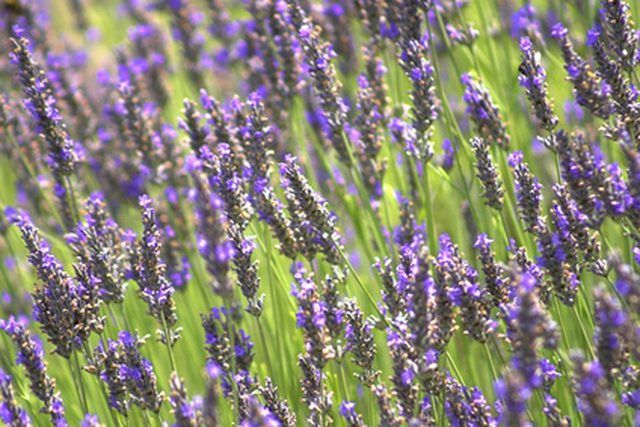Bulbs
Flower Basics
Flower Beds & Specialty Gardens
Flower Garden
Garden Furniture
Garden Gnomes
Garden Seeds
Garden Sheds
Garden Statues
Garden Tools & Supplies
Gardening Basics
Green & Organic
Groundcovers & Vines
Growing Annuals
Growing Basil
Growing Beans
Growing Berries
Growing Blueberries
Growing Cactus
Growing Corn
Growing Cotton
Growing Edibles
Growing Flowers
Growing Garlic
Growing Grapes
Growing Grass
Growing Herbs
Growing Jasmine
Growing Mint
Growing Mushrooms
Orchids
Growing Peanuts
Growing Perennials
Growing Plants
Growing Rosemary
Growing Roses
Growing Strawberries
Growing Sunflowers
Growing Thyme
Growing Tomatoes
Growing Tulips
Growing Vegetables
Herb Basics
Herb Garden
Indoor Growing
Landscaping Basics
Landscaping Patios
Landscaping Plants
Landscaping Shrubs
Landscaping Trees
Landscaping Walks & Pathways
Lawn Basics
Lawn Maintenance
Lawn Mowers
Lawn Ornaments
Lawn Planting
Lawn Tools
Outdoor Growing
Overall Landscape Planning
Pests, Weeds & Problems
Plant Basics
Rock Garden
Rose Garden
Shrubs
Soil
Specialty Gardens
Trees
Vegetable Garden
Yard Maintenance
The Care Instructions for a Lavender Plant
The Care Instructions for a Lavender Plant. The lavender plant grows best in USDA zones 5 to 9, meaning the plant remain hardy in areas where the minimal winter temperature does not fall below a range of -15 to 25 degrees Fahrenheit. Its stalks reach heights of up to 4 feet tall and feature green-gray leaves and fragrant purple flowers that are...

The lavender plant grows best in USDA zones 5 to 9, meaning the plant remain hardy in areas where the minimal winter temperature does not fall below a range of -15 to 25 degrees Fahrenheit. Its stalks reach heights of up to 4 feet tall and feature green-gray leaves and fragrant purple flowers that are believed to promote relaxation. As such, lavender is a popular aromatherapy ingredient and its flowers are coveted for their addition to potpourri, sachets, and skin creams and oils. Although lavender plants may take several years of growth before they fully flourish, they eventually make a colorful and fragrant addition to the landscape.
Things You'll Need
Sand
Compost
Slow-release fertilizer (optional)
Gardening shears
Clippers
Plant lavender in a well-draining area that receives at least four hours of sun a day. Dig a hole that is twice as deep and three times as wide as the plant's root ball. Place the root ball in the hole and add soil mixture that is equal parts sand, soil and compost.
Water the plant twice a week for the first two years of growth, and once week thereafter. Be careful not to over-water---a fully mature lavender plant may not need to be watered at all unless the soil goes through a dry spell. Lavender plants typically stop growing at about 5 years old.
Prune lavender each spring with clippers or garden shears. New growth should be continually cut back for the first year, allowing the plant to grow green and full by the first bloom. Some branches eventually thicken and become woody; trim these off as needed.
Fertilize only when lackluster growth indicates poor soil conditions. Use a slow-release fertilizer such as bone meal in early spring and again in early summer at the height of blossoming.
Wait until several blooms appear before harvesting lavender plants, if so desired. Using a knife or garden shears, grab the stalks in your hand and sever near the body of the plant. Allow the stalks to dry in a cool area with good air circulation.
Tips & Warnings
Lavender plants can take up three years to mature and produce consistent blooms; be patient to reap the results of proper plant care.
Consider day lilies as a "companion plant" for lavender. Day lilies are available in a variety of colors and require the same amount of sun as lavender.